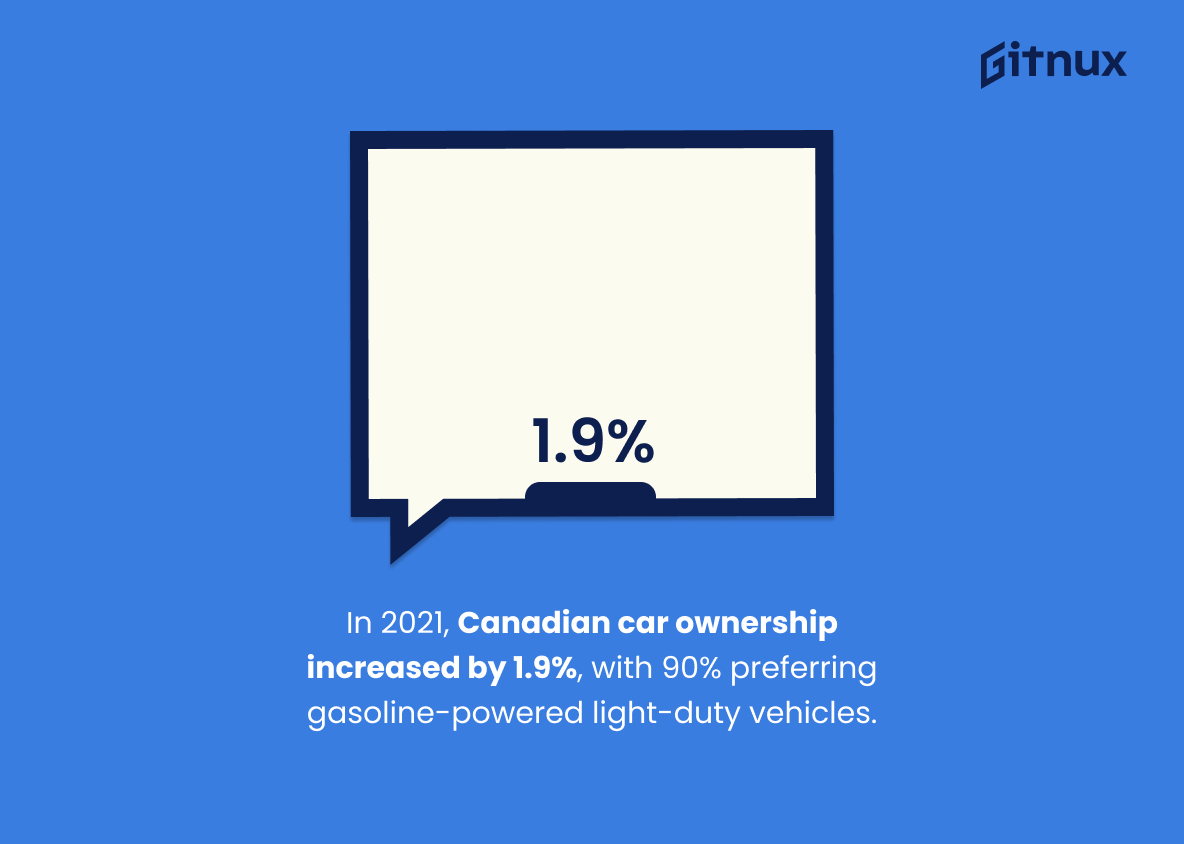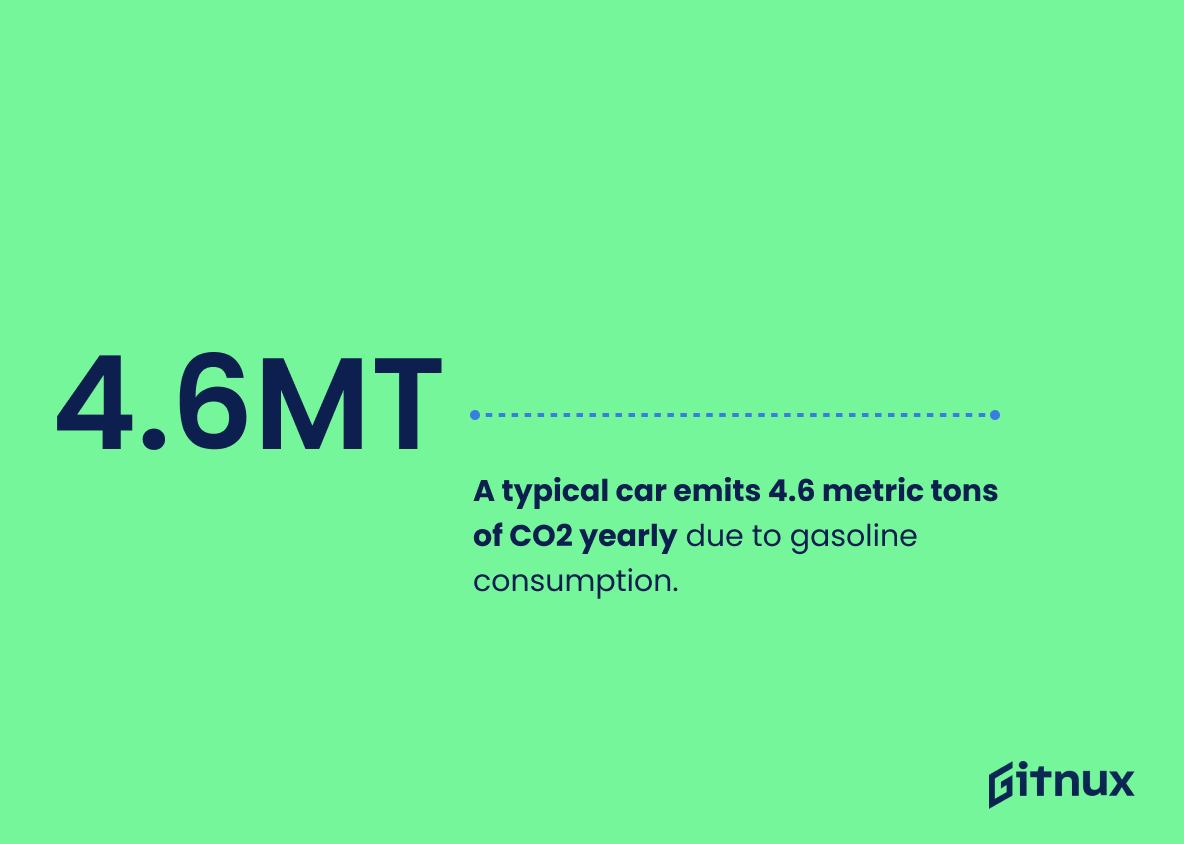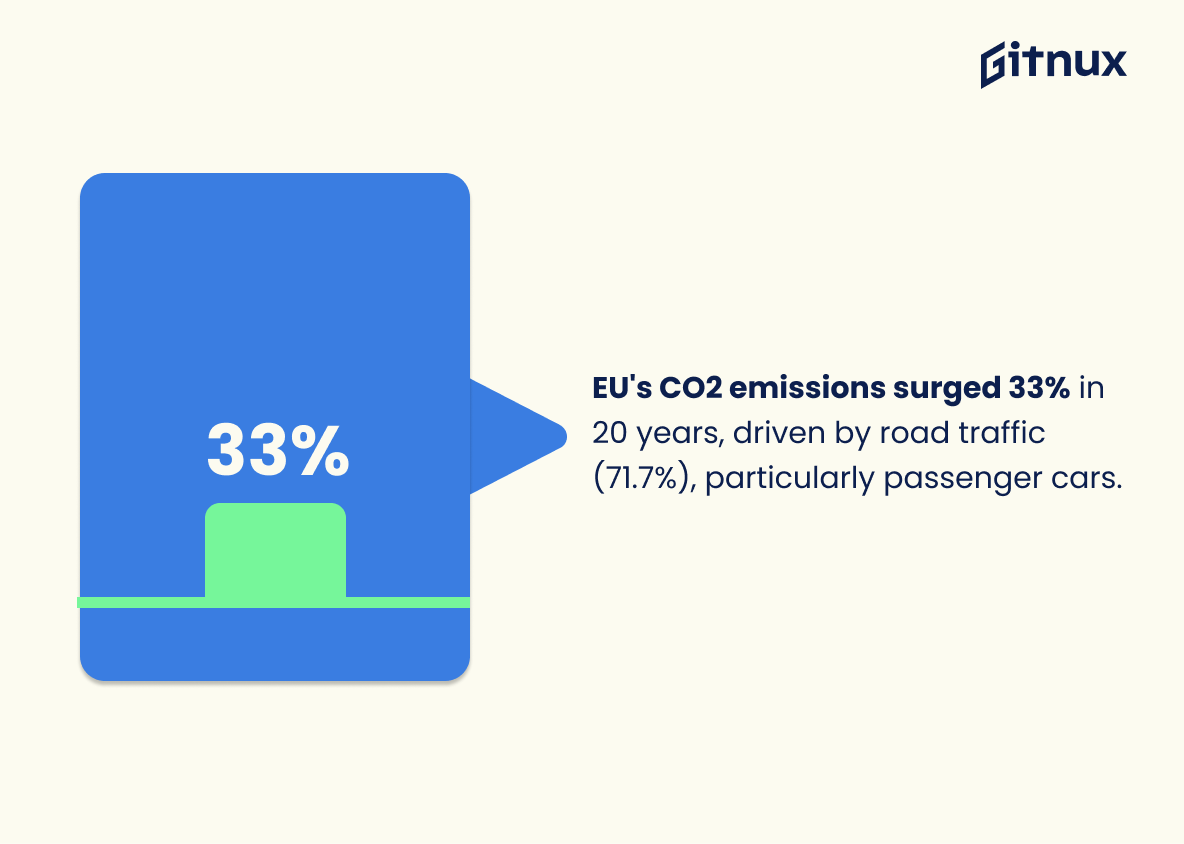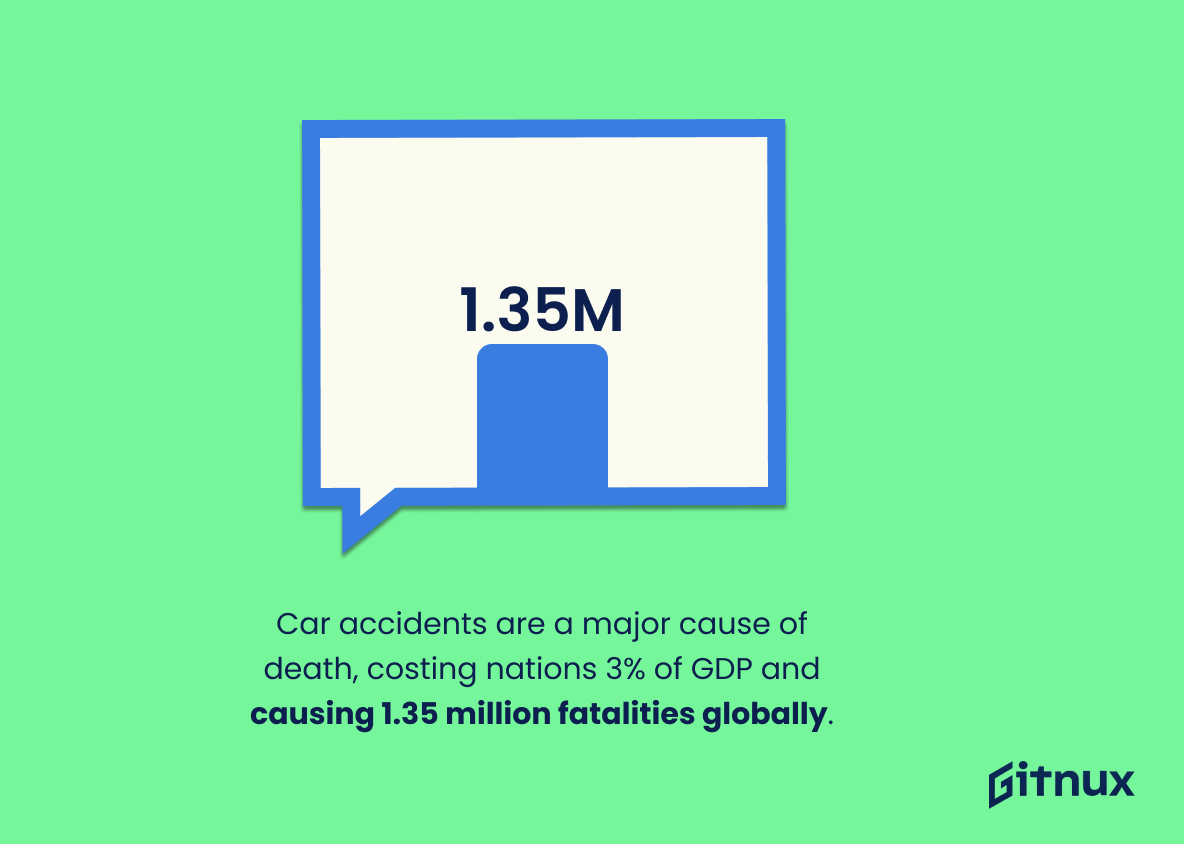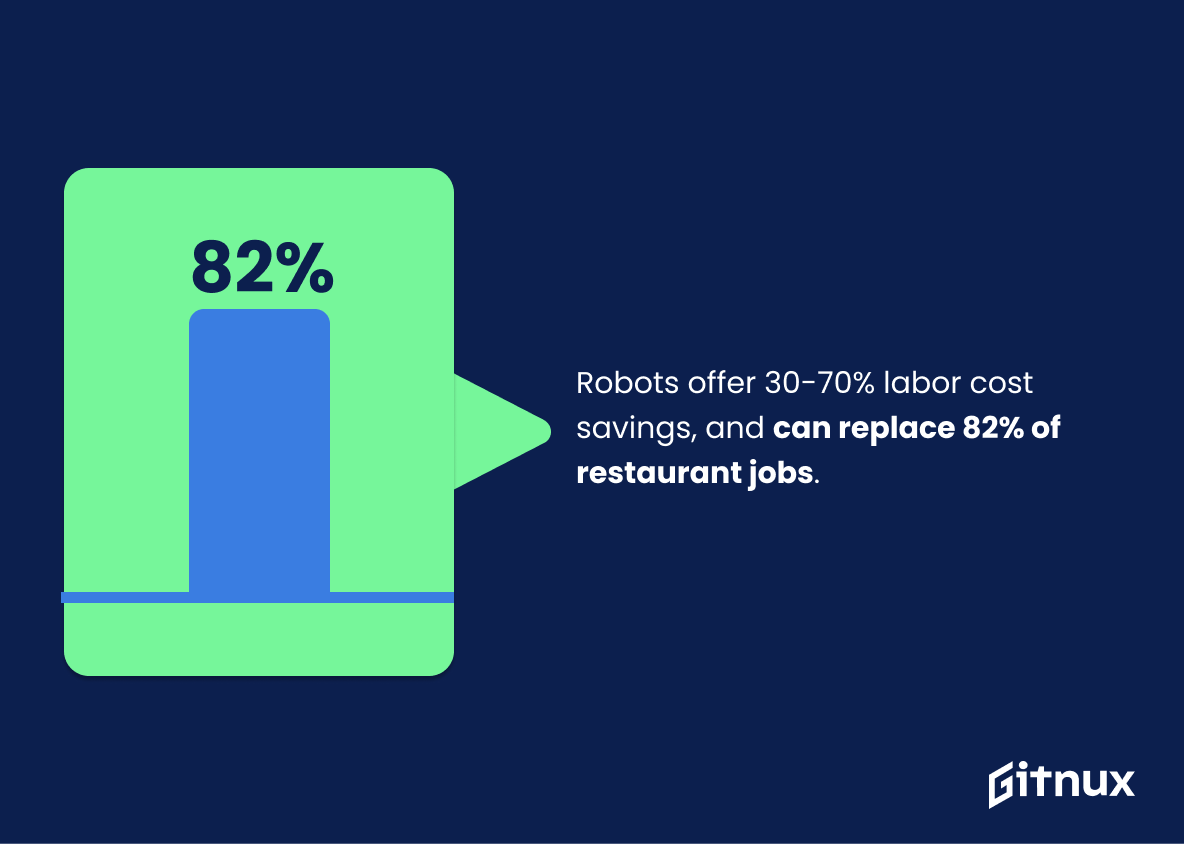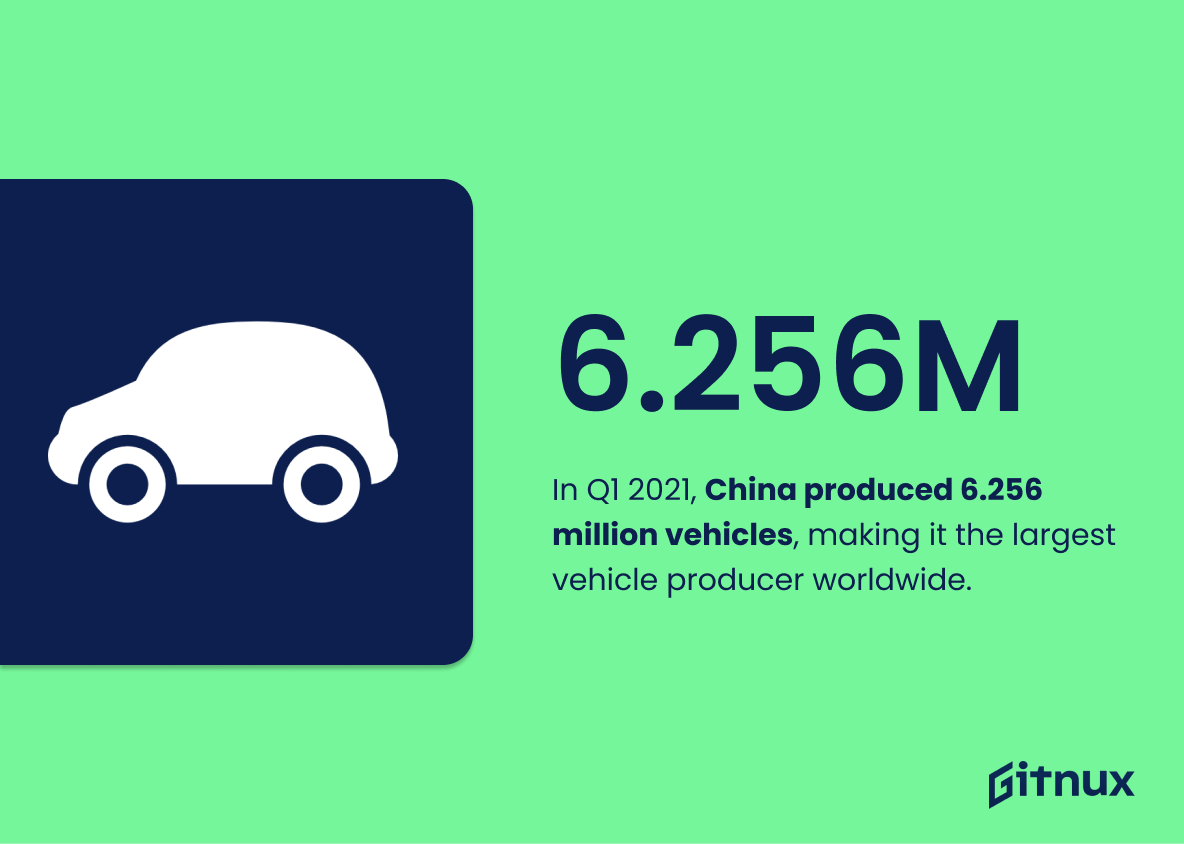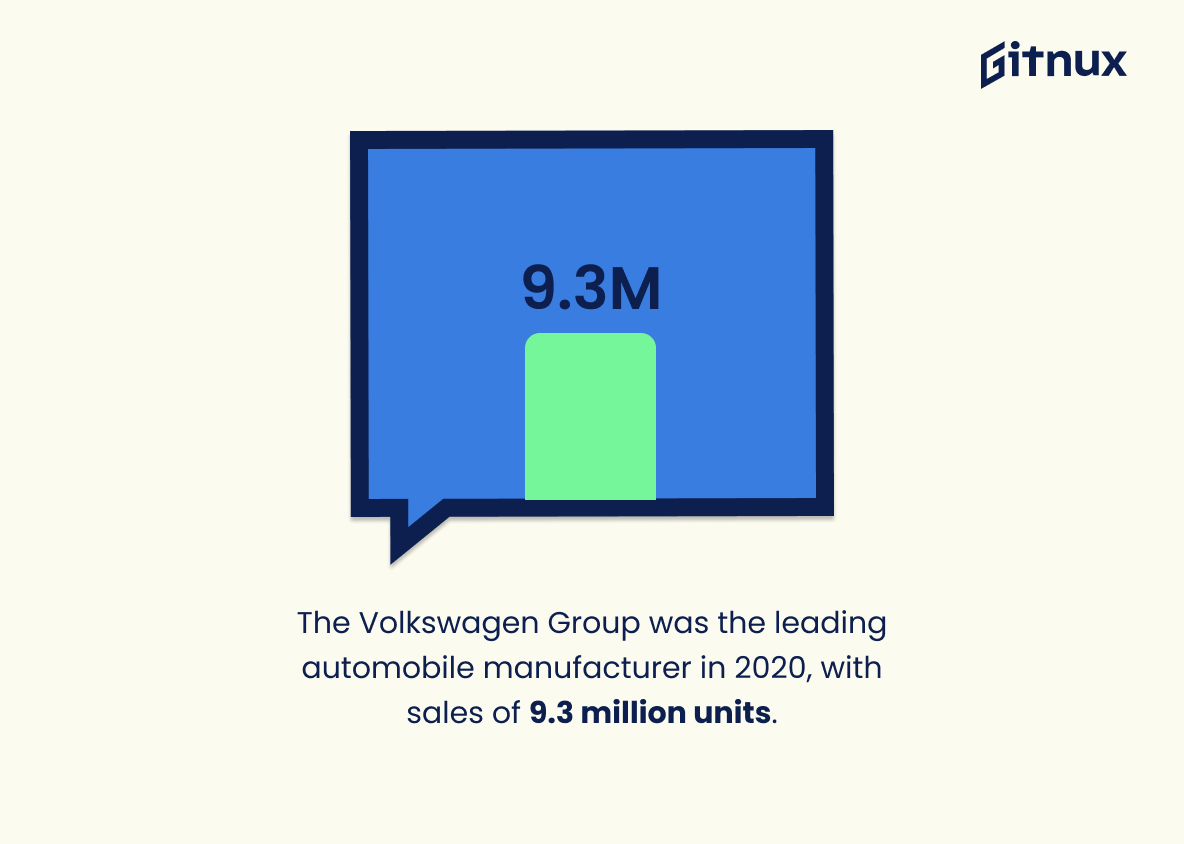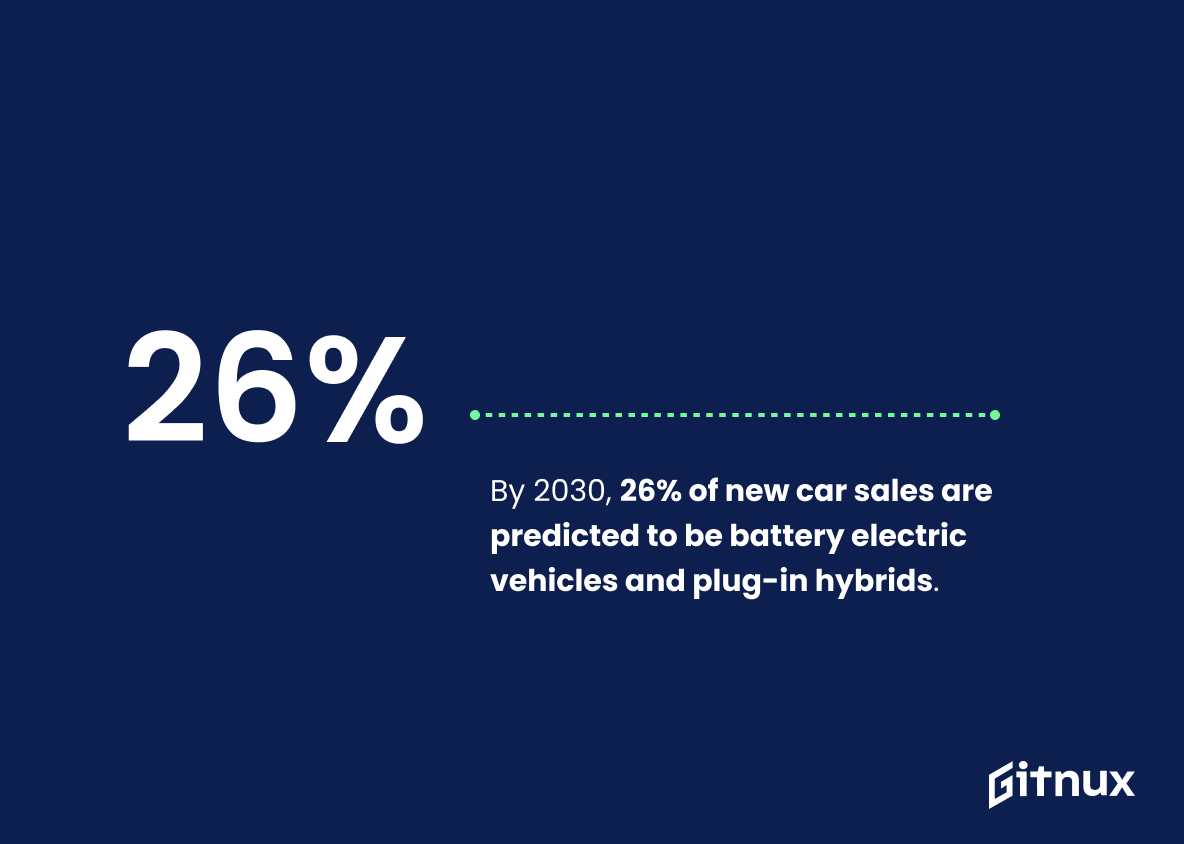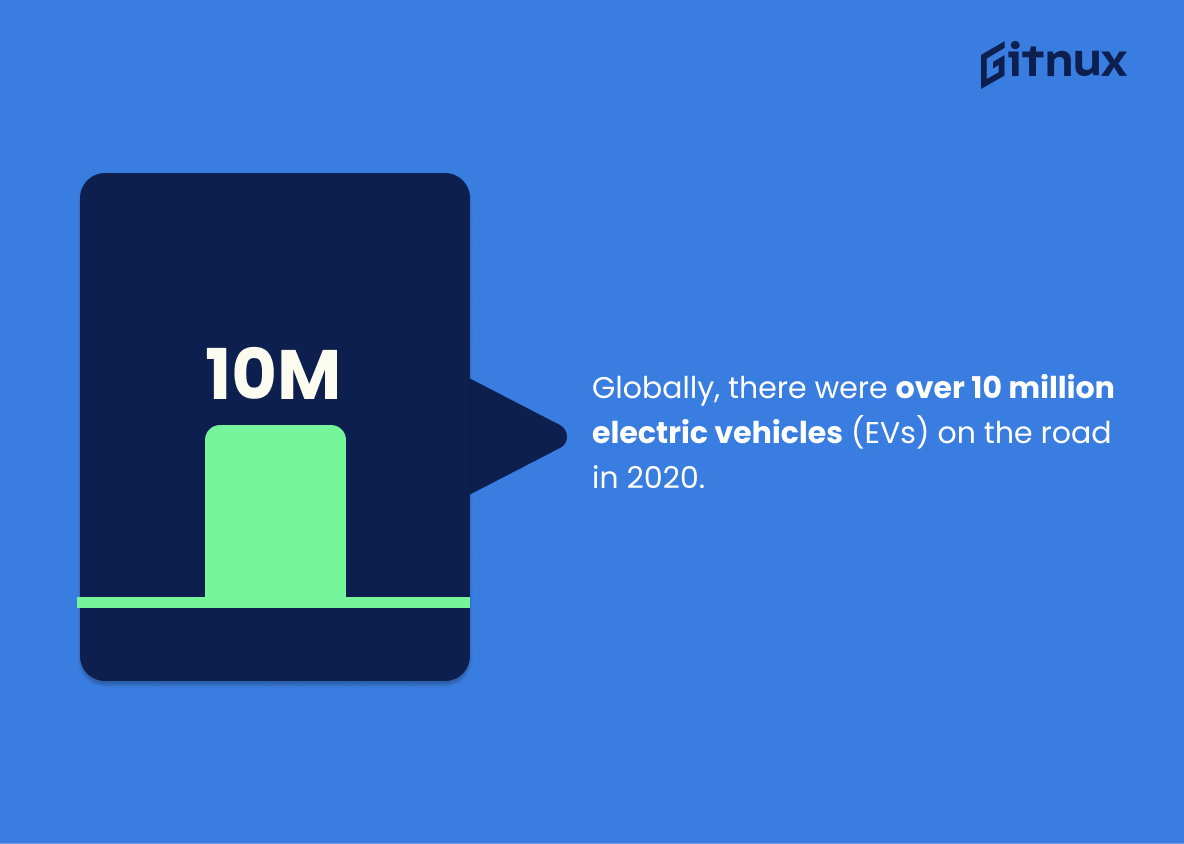The automotive industry is an ever-evolving sector, with new technologies and trends emerging every day. With so much data available, it can be difficult to keep up with the latest developments.
This blog post will provide an overview of the most important automotive statistics, from the number of vehicles on the road to the average cost of repairs. We will also look at the impact of the pandemic on the industry, and what the future holds for the automotive sector. By the end of this post, you will have a better understanding of the automotive industry and the trends that are shaping it.
Automotive: The Most Important Statistics
The electric vehicle industry is set to significantly grow in the coming years, with 6 million plug-in electric vehicles sold worldwide in 2021.
Toyota is the leading car manufacturer in 2021 with a 10.5% market share, overtaking the Volkswagen Group.
Automotive: Statistics Overview
90% of households in America have access to at least one car, with a steady rise in demand for electric vehicles since 2017.
This indicates that the demand for automobiles, both gas-dependent and electric powered, will continue in the following years. It shows that the market for cars is still strong and that the demand for electric vehicles is growing, which could potentially lead to a shift in the automotive industry.
The number of Canadian car owners increased by 1.9% in 2021, with 90% of them preferring light-duty vehicles and 94% of them running on gasoline.
This statistic provides insight into the preferences of Canadian car owners and the types of vehicles that are most popular in Canada. This information can be used to inform decisions about the types of vehicles to produce and the types of fuel to use. Additionally, it can be used to understand the trends in car ownership in Canada and how they may change in the future.
The typical passenger car emits 4.6 metric tons of CO2 annually, due to the 8.87 kg of CO2 released per gallon of gasoline consumed.
A huge amount of CO2 emissions is released into the environment due to the use of gas-dependent cars. This uncontrolled release of CO2 can have detrimental effects on the environment and may lead to irreversible damage if not addressed.
The European Union’s total CO2 emissions have increased by 33% in the past two decades, with road traffic accounting for 71.7% of those emissions and passenger cars contributing 61%.
It shows that the majority of emissions come from gas-dependent cars, and the emissions from the transportation industry have increased significantly over the past three decades. This indicates that the automotive industry is a major contributor to carbon emissions and that more needs to be done to reduce emissions from cars in the EU.
Check out our latest Climate Change Statistics
The demand for electric vehicles is expected to be significantly greater in the next five years. With 40% of Americans planning to own one, and 53% of consumers currently shopping for a more fuel-efficient vehicle.
Consumers are increasingly interested in electric vehicles due to rising gas prices and pollution concerns. This motivates manufacturers to transition away from combustion-based tactics and towards an all-electric future in order to meet consumer demand.
The electric vehicle industry is set to significantly grow in the coming years, with 6 million plug-in electric vehicles sold worldwide in 2021, and China and the EU leading the way in registration.
This statistic shows the shift in the industry towards electric vehicles, which are more cost-efficient and environmentally friendly. This shift is likely to continue in the coming years, and it is important to keep track of the growth of the electric vehicle industry in order to better understand the changing landscape of the automotive industry.
In 2020, 13 car-related accidents occurred every minute. With 62% of fatalities involving passengers, 17% involving pedestrians, 14% involving motorcyclists, 2% involving cyclists, and 2% involving heavy truck occupants.
These numbers highlight the need for increased safety measures and regulations to reduce the rate of vehicular accidents around the globe. It also highlights the importance of driver safety and awareness, as distracted driving and speeding are two of the main causes of fatal car accidents.
Car-related accidents are one of the leading causes of death for ages 5-30 years old, costing many countries 3% of their GDP and resulting in 1.35 million fatalities worldwide.
It demonstrates the impact of car accidents on society and the need for greater safety measures to protect people on the roads.
Worldwide, around 1.35 million people are killed in traffic accidents annually.
This statistic highlights the severity of the issue of traffic safety. It shows how widespread the problem is and how many people are affected by it. It also underscores the need for improvements in vehicle safety technology, legislation, and driver education to help reduce the number of traffic fatalities.
Toyota is the leading car manufacturer in 2021 with a 10.5% market share, overtaking the Volkswagen Group. Toyota was also the leading car manufacturer in 2022, with the Corolla and RAV4 being the top two cars with the highest demand.
Toyota is investing heavily in research and development, leading to higher quality vehicles and increased market share. It shows that Toyota is a reliable and reputable car manufacturer that produces high-quality cars for a reasonable price, which is why it is the leading car manufacturer in the world.
The global automotive market size is expected to reach $10.73 trillion by 2030, showing a CAGR of 4.4%.
The automotive market is expected to grow significantly over the next decade, with a compound annual growth rate of 4.4%. This is an exciting prospect for those interested in the automotive industry, as it suggests that the industry is likely to remain a major player in the global economy. As such, this statistic is an important one to consider when discussing automotive statistics in a blog post.
In Q1 2021, China produced 6.256 million vehicles, making it the largest vehicle producer worldwide.
This highlights the country’s dominance in the global automotive market, and serves as a reminder of the importance of the Chinese market for automotive manufacturers. It also serves as a benchmark for other countries to strive for, as they look to increase their own production numbers.
The Volkswagen Group was the leading automobile manufacturer in 2020, with sales of 9.3 million units.
This is a clear indication of their ability to produce quality vehicles that meet the needs of consumers, and their ability to remain competitive in a highly competitive market. This statistic is an important piece of information for anyone interested in automotive statistics, as it provides insight into the current state of the industry.
By 2030, it is predicted that 26% of all new cars sold will be battery electric vehicles (BEVs) and plug-in hybrids (PHEVs).
The demand for electric vehicles is growing, and that the industry is responding to this demand by increasing the production of BEVs and PHEVs. This is an important development for the automotive industry, as it signals a shift away from traditional gasoline-powered vehicles and towards more sustainable and environmentally friendly alternatives. This statistic is a key indicator of the future of the automotive industry, and is an important piece of information for anyone interested in the latest automotive trends.
Globally, there were over 10 million electric vehicles (EVs) on the road in 2020.
This highlights the increasing demand for EVs, which is a clear indication that the automotive industry is shifting towards more sustainable and eco-friendly transportation. This shift is important for reducing emissions and improving air quality, making it a key statistic to consider when discussing automotive statistics.
The EV market in the US is projected to reach a 30% market share by 2030.
Electric vehicles are on track to become a major player in the US market by 2030. This could have a huge impact on the industry, as it could lead to a shift in the way cars are produced and sold, as well as the way consumers view and purchase vehicles. It could also lead to a shift in the way automotive companies market their products, as electric vehicles become more popular. Ultimately, this statistic is a sign of the times, and it’s something that automotive companies should be paying close attention to.
Autonomous vehicles (AV) technologies market is predicted to reach $57 billion by 2025.
The market for AV technologies is expected to grow exponentially in the coming years, indicating that the automotive industry is investing heavily in this technology. This statistic is a clear indication that the automotive industry is embracing the future of transportation and is ready to take advantage of the opportunities that AV technologies offer.
General Motors is aiming to produce 30 new Electric Vehicle (EV) models by 2025.
By committing to producing 30 new Electric Vehicle models by 2025, General Motors is demonstrating their commitment to sustainability and environmental responsibility. This statistic is a clear indication that the automotive industry is moving towards a greener future, and it is sure to have a major impact on the industry as a whole.
In 2020, approximately 91.5% of passenger cars sold in the European Union were fueled by gasoline and diesel.
Despite the increasing popularity of electric vehicles, gasoline and diesel still remain the dominant fuel sources for passenger cars in the region. This statistic is important to consider when discussing the future of the automotive industry in the European Union, as it provides a baseline for the current state of affairs.
The United States automotive aftermarket size is expected to achieve $463.8 billion by 2026.
The industry is expected to grow significantly over the next few years, indicating that there is a great opportunity for businesses to capitalize on this growth. This statistic is an important piece of information for anyone interested in the automotive industry, as it provides insight into the future of the industry and the potential for success.
By 2025, the value of the global car-sharing market is expected to reach $16.5 billion.
With the global car-sharing market projected to reach $16.5 billion by 2025, it is clear that this trend is here to stay and will continue to shape the automotive industry in the years to come.
The automotive lightweight materials market is predicted to grow at a CAGR of 7.4% from 2021 to 2028.
The market is set to experience significant growth over the next seven years, making it an attractive investment opportunity for those looking to capitalize on the automotive industry. This statistic is an important piece of information for anyone interested in the automotive industry, as it provides insight into the future of the market and the potential for profit.
The automotive AI market is projected to reach $12.24 billion by 2026.
This is a valuable piece of information for anyone interested in the automotive industry, as it provides insight into the potential of the sector and the opportunities it presents. This statistic is especially pertinent to a blog post about automotive statistics, as it provides a concrete example of the potential of the industry and the potential for growth.
Germany had the largest share of passenger car manufacturing in Europe in 2020, producing 23.8% of passenger vehicles.
This highlights the country’s ability to produce a large number of passenger vehicles, making it a leader in the European market. This is an important statistic to consider when discussing automotive statistics, as it demonstrates the strength of the German automotive industry and its impact on the European market.
Global sales of passenger cars are forecast to hit 70 million units in 2021.
The demand for passenger cars is expected to reach an all-time high in 2021. This is a significant milestone for the industry, and it speaks to the increasing popularity of cars as a mode of transportation. It also highlights the importance of automotive statistics in understanding the current state of the industry and predicting future trends.
The global in-car infotainment market is set to reach $42.79 billion by 2027, with a CAGR of 10.8%.
With a projected CAGR of 10.8%, it is clear that the market for these systems is expanding rapidly, indicating that they are becoming increasingly popular among car owners. This is an important trend to consider when discussing automotive statistics, as it shows that the industry is adapting to the changing needs of consumers.
Conclusion
In conclusion, automotive statistics are an important tool for understanding the industry and its trends. They provide valuable insights into the current state of the industry and can be used to help make informed decisions.
Automotive statistics can also be used to help identify potential opportunities and threats, as well as to help identify areas for improvement. Automotive statistics are an invaluable resource for anyone interested in the automotive industry and its future.
References
1 – https://moderngentlemen.net/car-statistics/
2 – https://www.statcan.gc.ca/en/topics-start/automotive
3 – https://www.epa.gov/greenvehicles/greenhouse-gas-emissions-typical-passenger-vehicle
4 – https://www.europarl.europa.eu/news/en/headlines/society/20190313STO31218/co2-emissions-from-cars-facts-and-figures-infographics
5 – https://www.thedailyscrum.ca/2022/07/08/electric-vehicles-are-the-future-is-the-world-ready-for-them/
6 – https://explodingtopics.com/blog/ev-stats
7 – https://www.bankrate.com/insurance/car/car-crash-statistics/
8 – https://www.cdc.gov/injury/features/global-road-safety/index.html
9 – https://www.statista.com/statistics/316786/global-market-share-of-the-leading-automakers/
10 – https://www.statista.com/statistics/239229/most-sold-car-models-worldwide/
11 – https://www.iea.org
12 – https://www.acea.be
13 – https://www.gm.com
14 – https://www.advancedfleetmanagementconsulting.com
15 – https://www.transparencymarketresearch.com
16 – https://www.grandviewresearch.com
17 – https://www.globenewswire.com
18 – https://www.businesswire.com
19 – https://www.researchandmarkets.com
20 – https://www.statista.com
21 – https://www.reuters.com
22 – https://www.mckinsey.com

